Anifostine trihydrate
- CAS NO.:112901-68-5
- Empirical Formula: C5H17N2O4PS
- Molecular Weight: 232.23
- MDL number: MFCD00233058
- SAFETY DATA SHEET (SDS)
- Update Date: 2024-11-19 20:33:22

What is Anifostine trihydrate?
Description
Amifostine is a broad-spectrum cytoprotective agent, once used as a military anti-radiation agent, and now used as a protective drug for radiotherapy and chemotherapy. It has significantly effective in reducing the side effects of anticancer drugs such as cyclophosphamide, ciplatin, doxorubicin, and anti-HIV drugs such as 3-azido-3-deoxythymidine, without affecting the efficacy of anticancer or anti-HIV drugs curative effect. At present, the commercially available amifostine products include freeze-dried powder injection(ETHYOL )produced by American Life Sciences Co., Ltd. It is only available as a lyophilized powder for injection, but is thermally unstable.
The Uses of Anifostine trihydrate
Protectant (topical); radioprotector.
The Uses of Anifostine trihydrate
Amifostine may provide renal protection during PRRT using somatostatin analogs by mitigating radiation damage and reducing the absorbed kidney radiation dose. Amifostine remediates the degenerative effects of radiation on the mineralization capacity of the murine mandible.
brand name
Ethyol (MedImmune) [USAN previously used: Ethiofos.].
Biochem/physiol Actions
Radioprotective agent. Selectively protects normal tissues from the damaging effects of anti-neoplastic radiation therapy. Selectivity is due to preferential uptake by normal tissues and subsequent metabolic activation to 2-(3-aminopropyl)aminoethanethiol.
Synthesis
1). In the 50L stainless steel reactor, add 13.6kg of pure water, 19.2mol (7.6kg) of sodium thiophosphate dodecahydrate, add N-(2-bromoethyl)-1,3-propanediamine bisulfite under stirring Hydrobromide salt 19.8mol (6.8kg, 3% excess), 11.0kg DMSO was added slowly while maintaining the reaction temperature not to exceed 25°C. After the dropwise addition of DMSO, the reaction solution was monitored with silver nitrate solution until no black precipitate was precipitated, and the reaction was completed. Centrifugal filtration to obtain 6.1 kg of crude amifostine trihydrate.2). In the 50L stainless steel crystallization kettle, add 22.0kg of pure water, add 6.1kg of the crude 3-aminopropylamine ethyl thiophosphoric acid prepared in the previous step, dissolve at room temperature, add 95.0g of activated carbon, and stir at room temperature for 15 minutes , filter, add methanol 8.7kg to the mother liquor, cool down to 0 ℃ through cooling water, maintain 18 hours, centrifugal filter, obtain 4.8kg of 3-aminopropylamine ethyl thiophosphoric acid without crystal water once recrystallization.3). Add 20.0kg of pure water to the 50L stainless steel crystallization kettle, add 4.8kg of 3-aminopropylamine ethyl thiophosphoric acid without crystal water obtained by the first recrystallization, stir and dissolve at room temperature, add 75.0g of activated carbon , stirred at room temperature for 15 minutes, filtered, added 3.2kg of ethanol to the mother liquor, cooled to 0°C through cooling water, maintained for 18 hours, centrifugally filtered, and vacuum dried at 30°C to obtain 3.6kg of amifostine trihydrate.
Properties of Anifostine trihydrate
| storage temp. | 2-8°C |
| solubility | PBS (pH 7.2): 5 mg/ml |
| form | powder |
| pka | pKa1 <2.0; pKa2 4.2; pKa3 9.0; pKa4 11.7(at 25℃) |
| color | White to off-white |
| CAS DataBase Reference | 112901-68-5(CAS DataBase Reference) |
Safety information for Anifostine trihydrate
| Signal word | Warning |
| Pictogram(s) |
 Exclamation Mark Irritant GHS07 |
| GHS Hazard Statements |
H302:Acute toxicity,oral |
Computed Descriptors for Anifostine trihydrate
| InChIKey | JKOQGQFVAUAYPM-UHFFFAOYSA-N |
New Products
Tert-butyl bis(2-chloroethyl)carbamate 4-Methylphenylacetic acid N-Boc-D-alaninol N-BOC-D/L-ALANINOL N-octanoyl benzotriazole 3-Morpholino-1-(4-nitrophenyl)-5,6-dihydropyridin- 2(1H)-one Furan-2,5-Dicarboxylic Acid DIETHYL AMINOMALONATE HYDROCHLORIDE 1,1’-CARBONYLDIIMIDAZOLE R-2-BENZYLOXY PROPIONIC ACID 1,1’-CARBONYLDI (1,2-4 TRIAZOLE) N-METHYL INDAZOLE-3-CARBOXYLIC ACID (2-Hydroxyphenyl)acetonitrile 4-Bromopyrazole 5-BROMO-2CYANO PYRIDINE 5,6-Dimethoxyindanone 5-broMo-2-chloro-N-cyclopentylpyriMidin-4-aMine 2-(Cyanocyclohexyl)acetic acid 4-methoxy-3,5-dinitropyridine 1-(4-(aminomethyl)benzyl)urea hydrochloride 2-aminopropyl benzoate hydrochloride diethyl 2-(2-((tertbutoxycarbonyl)amino) ethyl)malonate tert-butyl 4- (ureidomethyl)benzylcarbamate Ethyl-2-chloro((4-methoxyphenyl)hydrazono)acetateRelated products of tetrahydrofuran

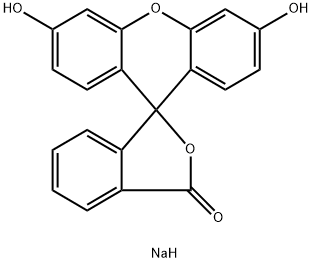
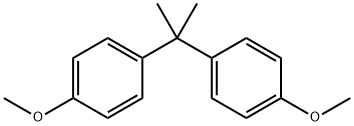
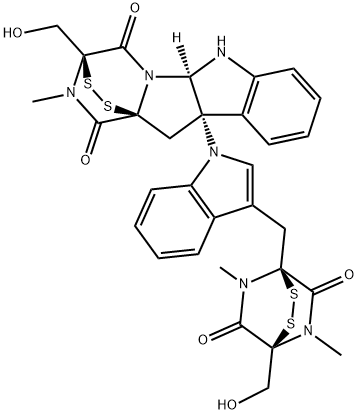
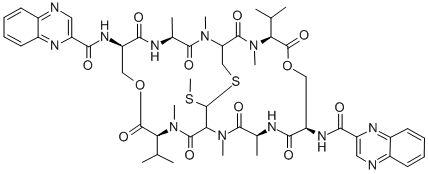
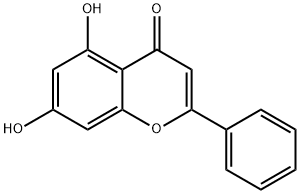
![4-OXO-1,4-DIHYDRO-[1,10]PHENANTHROLINE-3-CARBOXYLIC ACID](https://img.chemicalbook.in/CAS/GIF/331830-20-7.gif)

You may like
-
 Amifostine trihydrate 95% CAS 112901-68-5View Details
Amifostine trihydrate 95% CAS 112901-68-5View Details
112901-68-5 -
 Amifostine CAS 112901-68-5View Details
Amifostine CAS 112901-68-5View Details
112901-68-5 -
 1975-50-4 98%View Details
1975-50-4 98%View Details
1975-50-4 -
 2-HYDROXY BENZYL ALCOHOL 98%View Details
2-HYDROXY BENZYL ALCOHOL 98%View Details
90-01-7 -
 2-Chloro-1,3-Bis(Dimethylamino)Trimethinium Hexafluorophosphate 221615-75-4 98%View Details
2-Chloro-1,3-Bis(Dimethylamino)Trimethinium Hexafluorophosphate 221615-75-4 98%View Details
221615-75-4 -
 14714-50-2 (2-Hydroxyphenyl)acetonitrile 98+View Details
14714-50-2 (2-Hydroxyphenyl)acetonitrile 98+View Details
14714-50-2 -
 118753-70-1 98+View Details
118753-70-1 98+View Details
118753-70-1 -
 733039-20-8 5-broMo-2-chloro-N-cyclopentylpyriMidin-4-aMine 98+View Details
733039-20-8 5-broMo-2-chloro-N-cyclopentylpyriMidin-4-aMine 98+View Details
733039-20-8